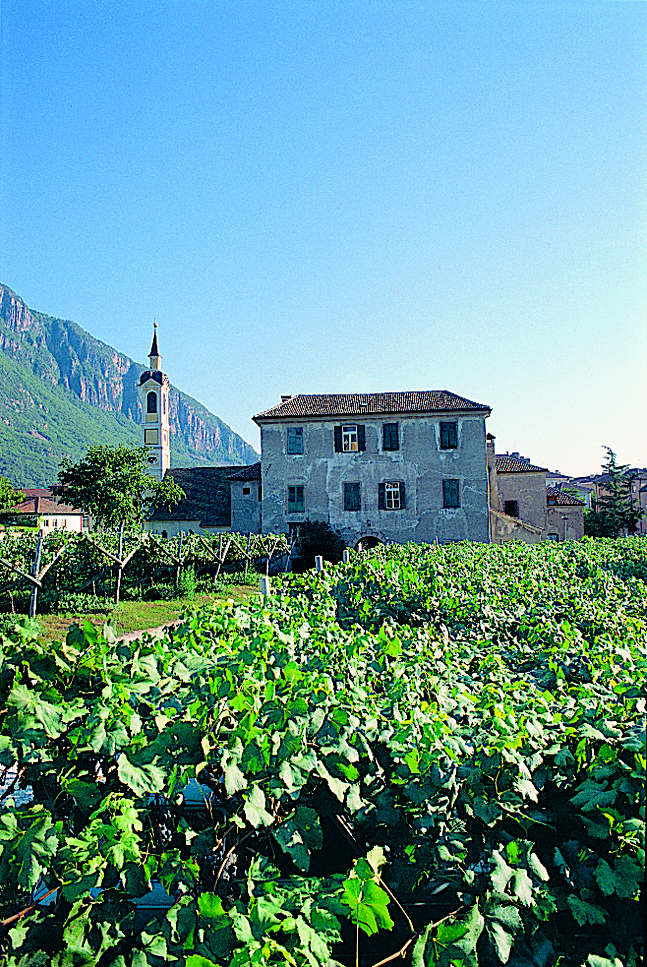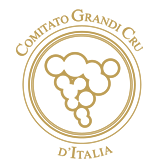
Novacella Abbey
This post is also available in:
 Italiano (Italian)
Italiano (Italian)
The origins of Novacella abbey, dating back to 1142, can be traced back to the “Sacer et Apostolicus Ordo Canonicorum Regularium Sancti Augustini” (the Augustinians), a category of clergy belonging to the branch of Canons Regular. They arrived here, travelling from the Abbey of Klosterneuburg, north of Vienna, and erected the whole complex, which boasts an extraordinary library and a centuries-old traditional cellar. The deep knowledge of the ancient treaties and complex agronomic techniques allowed the Augustinians to reclama the land and start cultivating vines in these territories, also sharing their ancient knowledge and expertise with the local farmers.
The area of Bressanone, in the province of Bolzano, may not seem particularly suitable for vine cultivation, due to its harsh winter climate; nonetheless, it is a very important wine-growing part of Trentino-Alto Adige.
Despite the challenging climate, the cultivation of vineyards thrives on the steep and rocky slopes of the mountains, guaranteeing the production of important and very fragrant wines, with a typical fruity, spicy and strong taste, also rich in minerals. This cultivation area is actually the northernmost one in Italy and the very highest in Europe.
Around the abbey, there are some 50 acres cultivated with famous white wine grapes, such as “Sylvaner”, “Gewürztraminer”, “Müller”, “Thurgau”, and “Kerner”; the latter is mainly appreciated for its particularly fragrant and spicy notes that recall the specific plant species widespread in these territories, such as anise (Pimpinella anisum L.), or pine (Pinus spp.).
At the entrance to the architectural complex, there’s the historical garden of the Abbey, which was reopened to the public in 2004 after intense restoration work. Although it is part of the convent cloister, it can be visited three days a week.
In the garden, there is a Baroque section with splendid fountains and flower beds with colourful blooms, between an imposing sequoia and two centuries-old specimens of Ginkgo biloba L.. At the end of a long pergola covered by luxuriant grape plants, there’s you the area where about 75 different varieties of medicinal herbs are grown, some more common such as St. John’s wort (Hypericum perforatum L.), common motherwort (Leonorus cardiaca) or fenugreek (Trigonella foenum-graecum L. ), and some others more exotic, such as lemon balm (Melissa officinalis L .), melon-scented sage, Jamaican thyme and even tobacco (Nicotiana tabacum L )
Inside the garden, there’s also an aviary and the piscinium – a kind of gazebo which used to be surrounded by a moat, now filled with earth and serving as a planter, in which edible fish are bred.
This post is also available in:
 Italiano (Italian)
Italiano (Italian)
Contatti
Via Abbazia, 1 - Varna(BZ)
0472 836189
info@kloster-neustift.it
http://www.abbazianovacella.it
Altre info
su prenotazione

